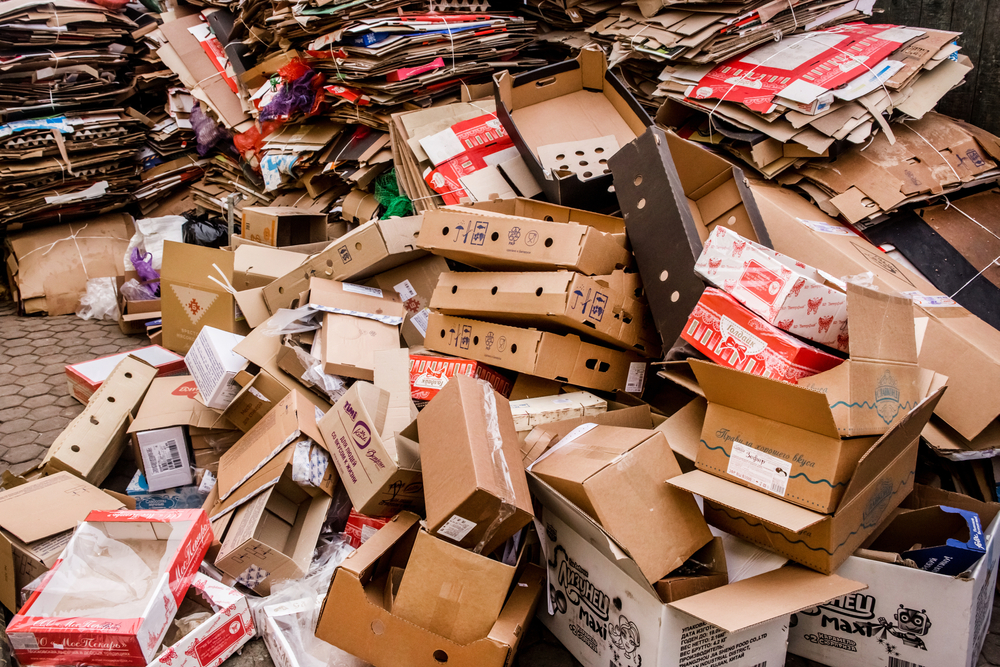Ode Editors | December 2008 issue
You’ve adjusted your mirrors, pumped up the tires, and filled up on windshield wiper fluid—and now it’s time for some hydrogen. These eco-friendly cars need fuel to get going, but hydrogen pumps aren’t the same as a Shell or BP gasoline station. Operating the hydro-pump is fairly simple. “We give a short introduction to people on how to use the pump, but it’s really like filling any other car,” says Torgeir Nakken, manager of hydrogen activities at Porsgrunn, Norway-based StatoilHydro. The only tricky part is the twisting motion to lock the nozzle into the vehicle as you wait the five to ten minutes for it to fill. Because hydrogen evaporates in the air immediately, it’s less dangerous to pump than petrol, which can easily be spilled.
The pump communicates with the car to determine how much fuel is needed, delivering it at 5,000 psi or 350 bar (some vehicles take 700) accompanied by a small hissing sound. The kilogram-measured hydrogen gas is compressed into high-pressure tanks that feed the pumps. In both the U.S. and Norwegian markets, pricing of hydrogen fuel is set competitively for the same distance of driving using gasoline. Transportation experts agree that hydrogen will be the fuel of the future. So now is the time to get a head start.











